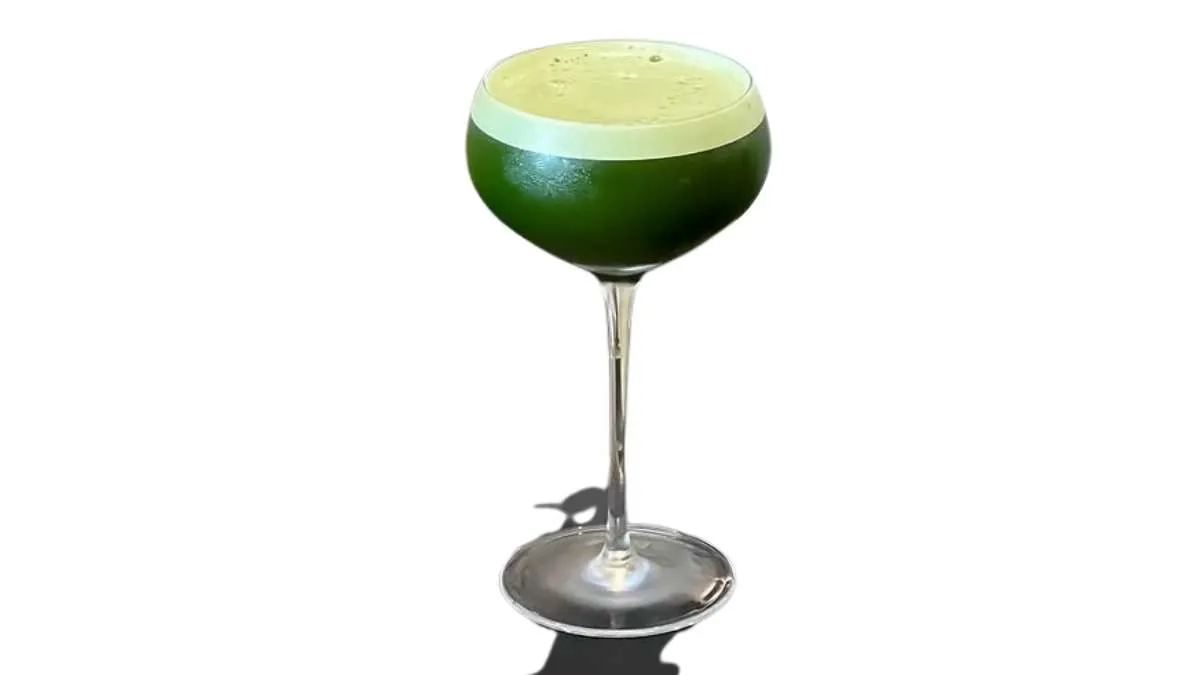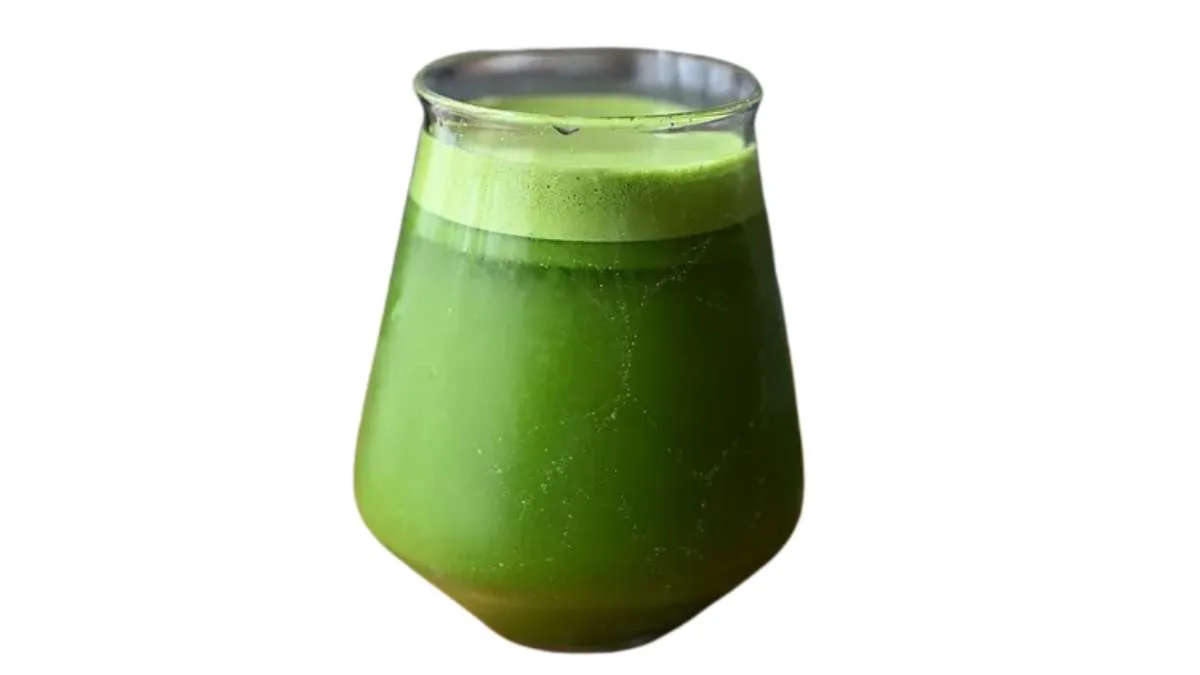Green tea has long been celebrated for its rich history and numerous health benefits. Often referred to as one of the healthiest beverages on the planet, green tea has become a go-to drink for many tea enthusiasts and health-conscious individuals.
Unlike black or oolong teas, green tea is minimally processed, allowing it to retain more of its natural nutrients and antioxidants.
In this article, we will explore the benefits of green tea, the different types available, how to brew it for the best flavor, and more.
What is Green Tea?

Green tea is made from the leaves of the Camellia sinensis plant, the same plant used to make black, white, and oolong teas. The difference lies in the processing method. Green tea leaves are quickly steamed or pan-fired to prevent oxidation, which helps retain the green color and preserve the natural compounds, including antioxidants, vitamins, and minerals.
Unlike black teas, which undergo full oxidation, green tea is only partially oxidized, making it lighter in flavor and preserving more of its healthy properties. This minimal processing helps maintain a significant amount of polyphenols and catechins—natural antioxidants that contribute to the tea’s many health benefits.
Health Benefits of Green Tea:
Green tea has been studied extensively, and its potential health benefits are well-documented. Drinking green tea regularly can provide a variety of health advantages, including:
-
Rich in Antioxidants: Green tea is loaded with powerful antioxidants, particularly catechins, which help neutralize free radicals in the body. These antioxidants have been shown to have anti-inflammatory effects, which may help protect the body from oxidative stress and slow down aging.
-
Boosts Metabolism: One of the most popular reasons people turn to green tea is its ability to aid in weight loss. Studies have shown that the combination of caffeine and catechins in green tea can help boost metabolism and increase fat burning, making it an excellent choice for those looking to shed a few pounds.
-
Improves Heart Health: Regular consumption of green tea has been linked to improved cardiovascular health. The antioxidants in green tea may help lower LDL cholesterol levels, reduce blood pressure, and improve overall heart function.
-
Enhances Brain Function: Green tea contains caffeine, although in lower amounts compared to coffee. This provides a mild stimulant effect that can improve concentration, focus, and cognitive function. Additionally, green tea contains the amino acid L-theanine, which has calming effects and can promote relaxation without causing drowsiness.
-
Supports Healthy Skin: The antioxidants in green tea are not only beneficial for internal health but also for skin health. Green tea has been shown to reduce the signs of aging, help with acne treatment, and protect the skin from UV damage. Applying green tea topically or drinking it regularly can help improve skin texture and tone.
-
May Lower the Risk of Certain Cancers: While more research is needed, studies suggest that the polyphenols in green tea may have cancer-fighting properties. Green tea is believed to help prevent the growth of cancer cells by interfering with their ability to spread.
-
Improves Oral Health: The antimicrobial properties of green tea can also benefit your oral health. Drinking green tea may reduce bad breath, inhibit the growth of harmful bacteria in the mouth, and promote healthier gums and teeth.
Types of Green Tea:
While green tea may seem simple, there is a wide range of varieties to explore. The flavor, aroma, and benefits of each type can differ based on factors such as where the tea is grown, how it is processed, and the specific blend used. Some of the most popular types of green tea include:
-
Sencha: Sencha is the most popular and widely consumed type of green tea in Japan. It is made from whole tea leaves and has a grassy, sweet flavor. Sencha is known for its refreshing taste and is often enjoyed as part of daily rituals in Japan.
-
Matcha: Matcha is a powdered form of green tea made from ground-up tea leaves. Unlike traditional loose-leaf teas, matcha involves consuming the entire tea leaf, making it richer in antioxidants. Matcha is used in a variety of culinary applications, including smoothies, lattes, and desserts.
-
Longjing (Dragon Well): This Chinese green tea is famous for its flat, sword-shaped leaves and its sweet, nutty flavor. Longjing is one of China’s most prestigious and sought-after green teas, known for its delicate aroma and smooth, mellow taste.
-
Gyokuro: Gyokuro is another high-quality Japanese green tea, made from leaves that are shaded before harvesting. This shading process increases the levels of chlorophyll in the leaves, resulting in a sweet, umami flavor. Gyokuro is often regarded as one of the finest teas in the world.
-
Gunpowder Tea: Named for its appearance (the leaves are rolled into small pellets), gunpowder tea is a Chinese variety known for its smoky flavor. It has a stronger, more robust taste compared to other green teas and is often used in blends or brewed with mint to make Moroccan-style tea.
-
Genmaicha: Known as “popcorn tea,” Genmaicha is a Japanese green tea blended with roasted brown rice. The result is a tea with a unique, toasty flavor that balances the lightness of the green tea with the warmth of the roasted rice.
How to Brew Green Tea:
The key to brewing the perfect cup of green tea lies in water temperature and steeping time. If brewed incorrectly, green tea can become bitter or overly astringent. Here are some tips to brew the perfect cup:
-
Use Fresh, Filtered Water: Fresh, clean water makes a big difference in the taste of your green tea. Avoid using hard or stale water, as it can affect the tea’s flavor.
-
Heat the Water Properly: Green tea should be brewed at a lower temperature than black tea. Aim for water between 150°F and 180°F (65°C to 80°C). If the water is too hot, the tea will become bitter.
-
Steep for the Right Amount of Time: For most green teas, a steeping time of 2 to 3 minutes is ideal. Steeping for too long can result in a bitter, over-extracted flavor.
-
Use the Right Amount of Tea: A general guideline is to use one teaspoon of loose-leaf green tea per 8-ounce cup of water. If you’re using matcha, about 1 to 1.5 grams (1/2 to 3/4 teaspoon) is sufficient.
-
Experiment with Temperature and Time: Different types of green tea may require slightly different brewing conditions. Don’t hesitate to experiment to find the flavor profile that you prefer.
Read Next: 8 Proven Green Tea Benefits
Final Tips:
-
Try Different Varieties: Explore different types of green tea to discover the flavors and aromas you enjoy the most. Each variety has its own unique characteristics.
-
Drink Regularly for Maximum Benefits: To experience the full health benefits of green tea, it’s recommended to drink 2 to 3 cups a day. However, avoid drinking it too late in the day, as it contains caffeine, which could interfere with sleep.
-
Add Natural Sweeteners: If you prefer a sweeter taste, consider adding a small amount of honey, stevia, or a splash of lemon to your green tea.
-
Store Properly: To maintain the freshness of your green tea, store it in an airtight container in a cool, dark place. Avoid exposure to light, air, and moisture, as these can degrade the flavor and potency of the tea.
FAQs:
-
What are the health benefits of drinking green tea?
Green tea is known for its high antioxidant content, which can help reduce inflammation, improve heart health, boost metabolism, and even support healthy skin. -
How many cups of green tea should I drink a day?
To experience the health benefits, it’s generally recommended to drink 2 to 3 cups of green tea per day. -
Is green tea good for weight loss?
Yes, green tea has been shown to help with weight loss by boosting metabolism and fat burning, particularly when combined with exercise. -
Can I drink green tea on an empty stomach?
While it’s generally safe to drink green tea on an empty stomach, some people may experience mild stomach irritation. If that’s the case, try drinking it after meals. -
How do I brew the perfect cup of green tea?
Use fresh, filtered water heated to about 150°F to 180°F (65°C to 80°C), and steep the tea for 2 to 3 minutes to avoid bitterness.
Disclaimer:
This article is based on extensive research and reliable sources. While every effort has been made to provide accurate information, individual experiences may vary. Always consult a healthcare provider before making significant changes to your diet or routine.
Green tea offers numerous health benefits and a refreshing alternative to other beverages. By choosing the right variety, brewing it properly, and drinking it regularly, you can enjoy its many advantages—whether you’re boosting your metabolism, improving your skin, or simply relaxing with a warm cup.

